These kanjis belong to the same Chinese phonetic series: 干 (カン).
It means they're all made from the phonetic component 干 (giving them the same onyomi or Chinese-derived sound: カン) + a meaning component that is different for each.
Hover over the kanjis to discover them!
Play Again
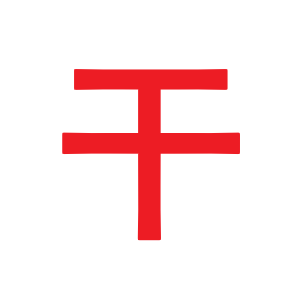
干 on its own most often means "dry".
You can find it for example in 干天 (カンテン) : dry + heavens = dry weather, drought.
You can find it for example in 干天 (カンテン) : dry + heavens = dry weather, drought.
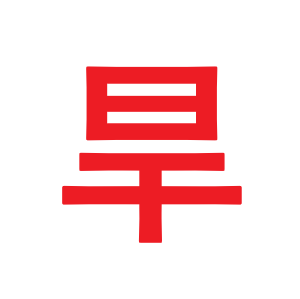
干 might be an evolution of the 旱 kanji that also means "dry" (it's sun + dry, after all).
You can find it in the fixed expression 旱天慈雨 (カンテンジウ): dry weather + welcome rain = the realization of something one long wished for, a welcome relief, like rain falling after a drought.
You can find it in the fixed expression 旱天慈雨 (カンテンジウ): dry weather + welcome rain = the realization of something one long wished for, a welcome relief, like rain falling after a drought.
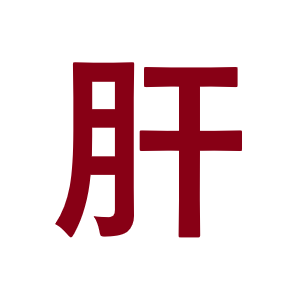
肝 is a compound using the simplified radical of 肉 (flesh, body part) for its meaning and means "liver", and figuratively, "courage/spirit".
It appears in words such as 肝炎 (カンエン): liver + inflammation = hepatitis or 肝油 (カンユ): liver + oil = (fish-)liver oil.
It appears in words such as 肝炎 (カンエン): liver + inflammation = hepatitis or 肝油 (カンユ): liver + oil = (fish-)liver oil.
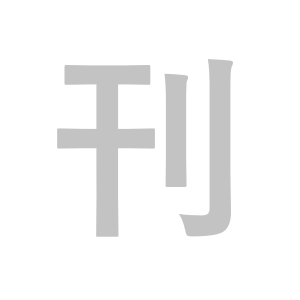
刊 uses the simplified radical of 刀 (sword) for its meaning. It means "carve", and by extension, "publish".
See for example 刊行 (カンコウ): publish + go = publication, issue.
See for example 刊行 (カンコウ): publish + go = publication, issue.
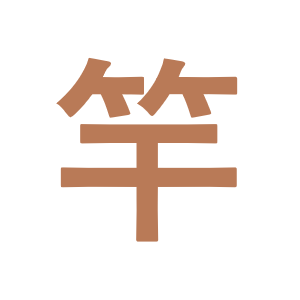
竿 uses the simplified radical of 竹 (bamboo) to mean "rod, pole, beam". As you might expect, it's also slang for penis.
Examples: 竿頭 (カントウ): pole + head = top of the pole.
竿燈 (カントウ): pole + light = street light
Examples: 竿頭 (カントウ): pole + head = top of the pole.
竿燈 (カントウ): pole + light = street light
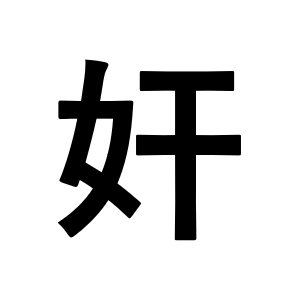
奸 is quite a sexist kanji, and uses 女 (woman) to mean "cunning, wickedness". The even more sexist alternative forms are 姦 (three women) and 姧 (two women and a 干)!
奸計 (カンケイ): wickedness + plan = evil plan
奸計 (カンケイ): wickedness + plan = evil plan
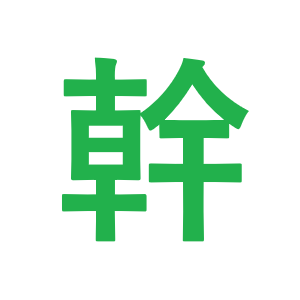
幹 uses the radical 倝 (sunrise, dawn - not an actual kanji used in words). Not sure what the reasoning is there, but it means "trunk, core".
You probably already know it from 新幹線 (シンカンセン): new + core + line = bullet train.
You probably already know it from 新幹線 (シンカンセン): new + core + line = bullet train.

岸 uses the radical 屵 (cliff - like above, not an actual kanji). It means "beach, coast, shore". This kanji went through rendaku and is pronounced ガン instead of カン.
A common word with this kanji is 岸壁 (ガンペキ): beach + wall = quay, but also coast + wall = cliff wall.
A common word with this kanji is 岸壁 (ガンペキ): beach + wall = quay, but also coast + wall = cliff wall.
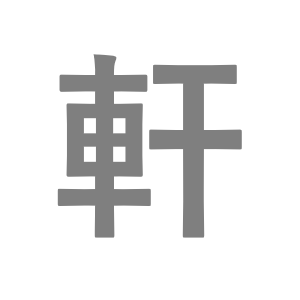
軒 uses 車 (carriage) for historical reasons, but is a counter for houses. Its pronunciation is a bit different: it's ケン instead of カン.
But in modern Japanese, the counter is the only use of the onyomi. The most common words with 軒 actually use the kunyomi pronunciation, のき (meaning "eaves").
But in modern Japanese, the counter is the only use of the onyomi. The most common words with 軒 actually use the kunyomi pronunciation, のき (meaning "eaves").